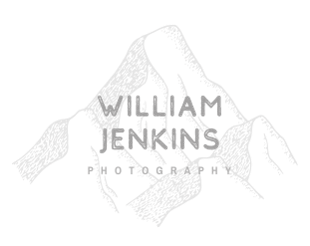 Image 1 of 6
Image 1 of 6

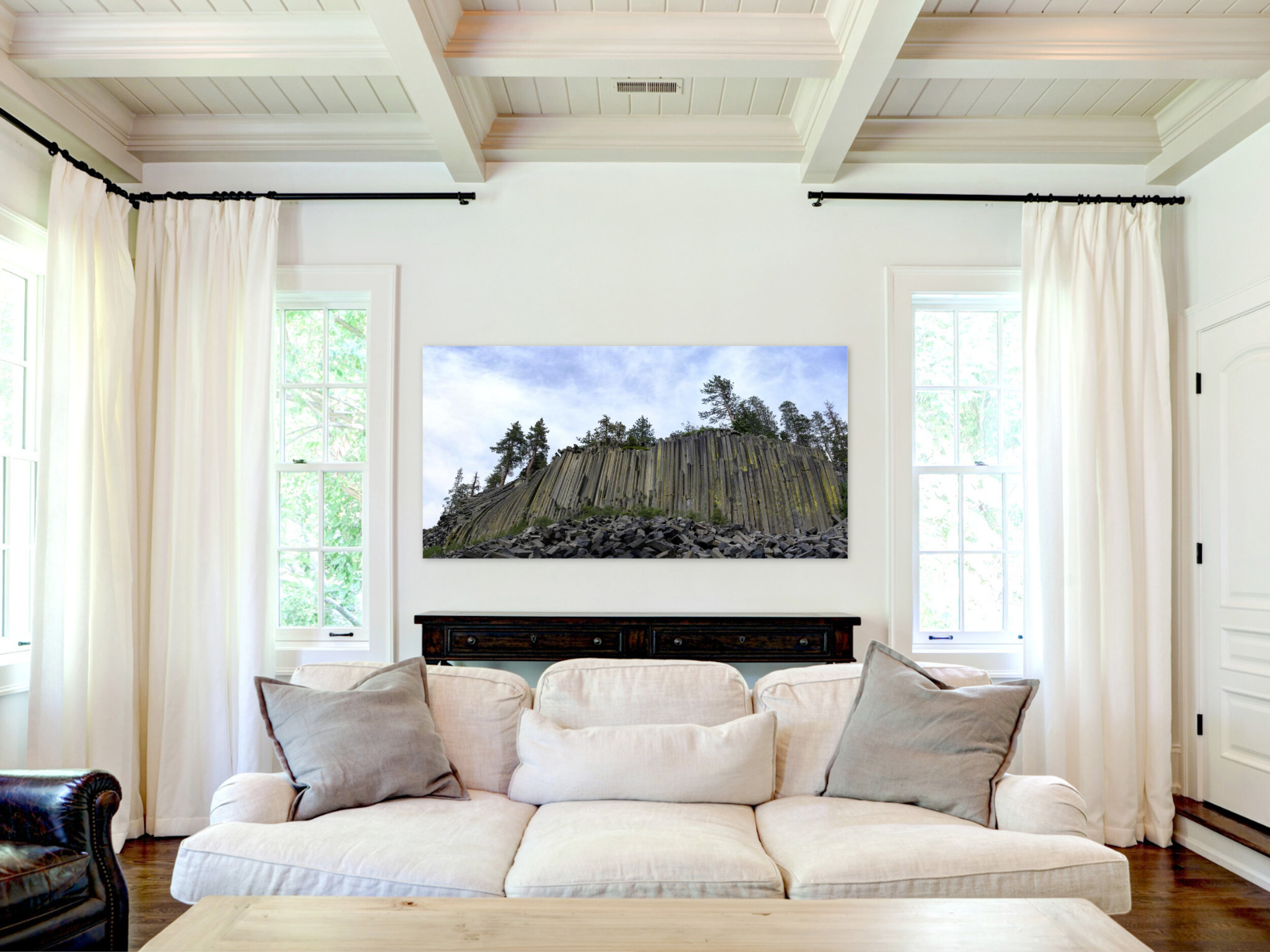 Image 2 of 6
Image 2 of 6

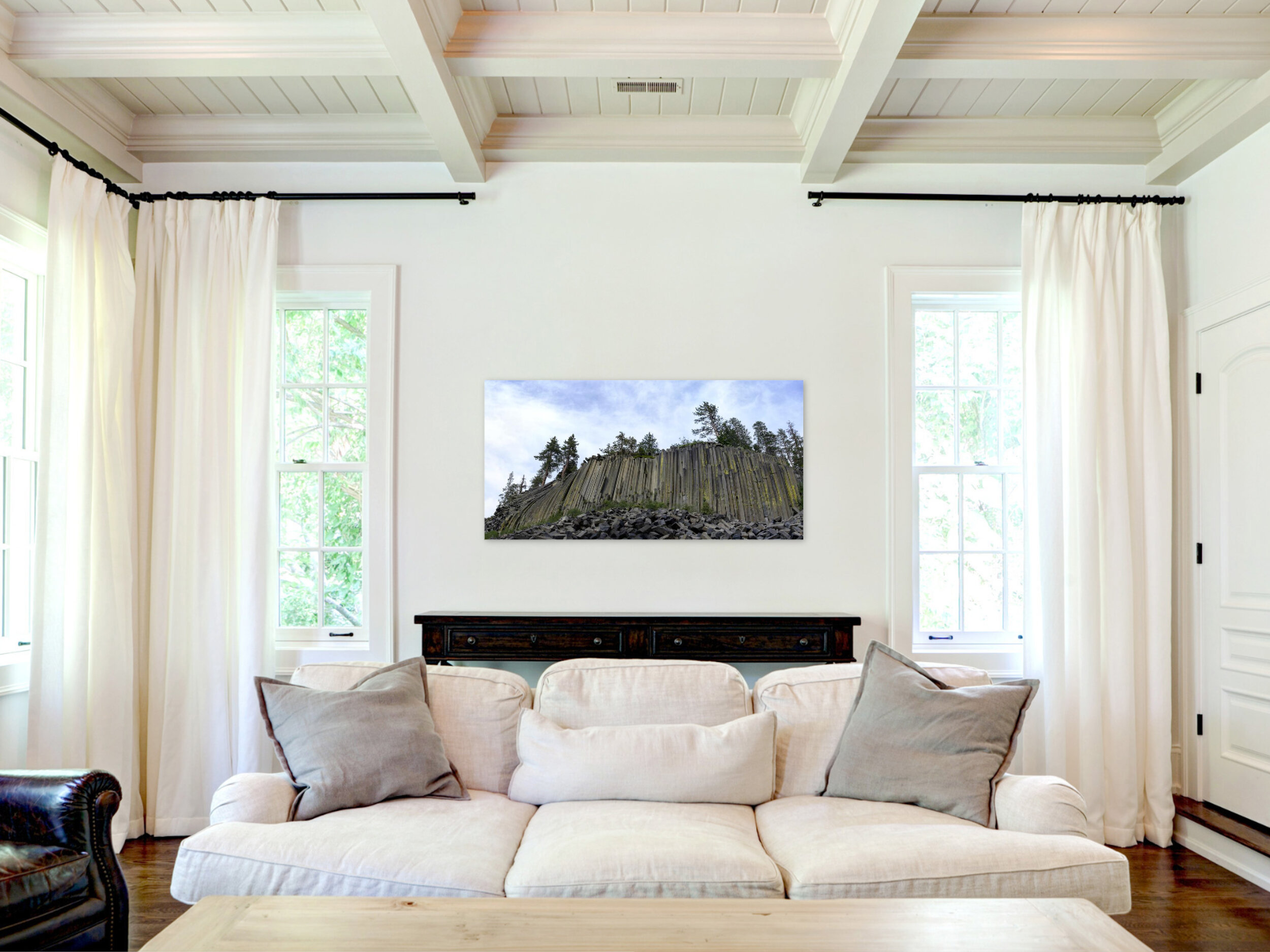 Image 3 of 6
Image 3 of 6

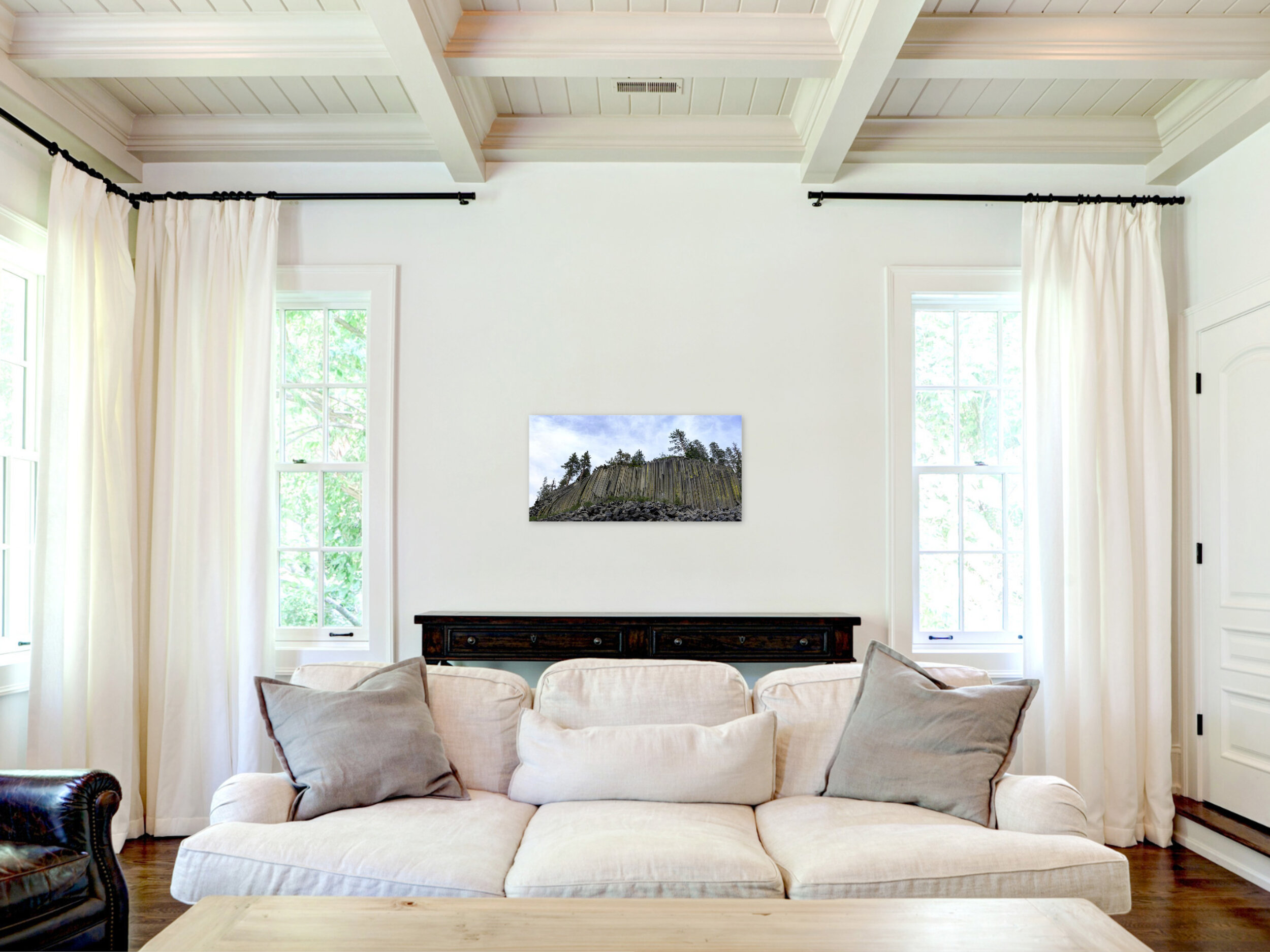 Image 4 of 6
Image 4 of 6

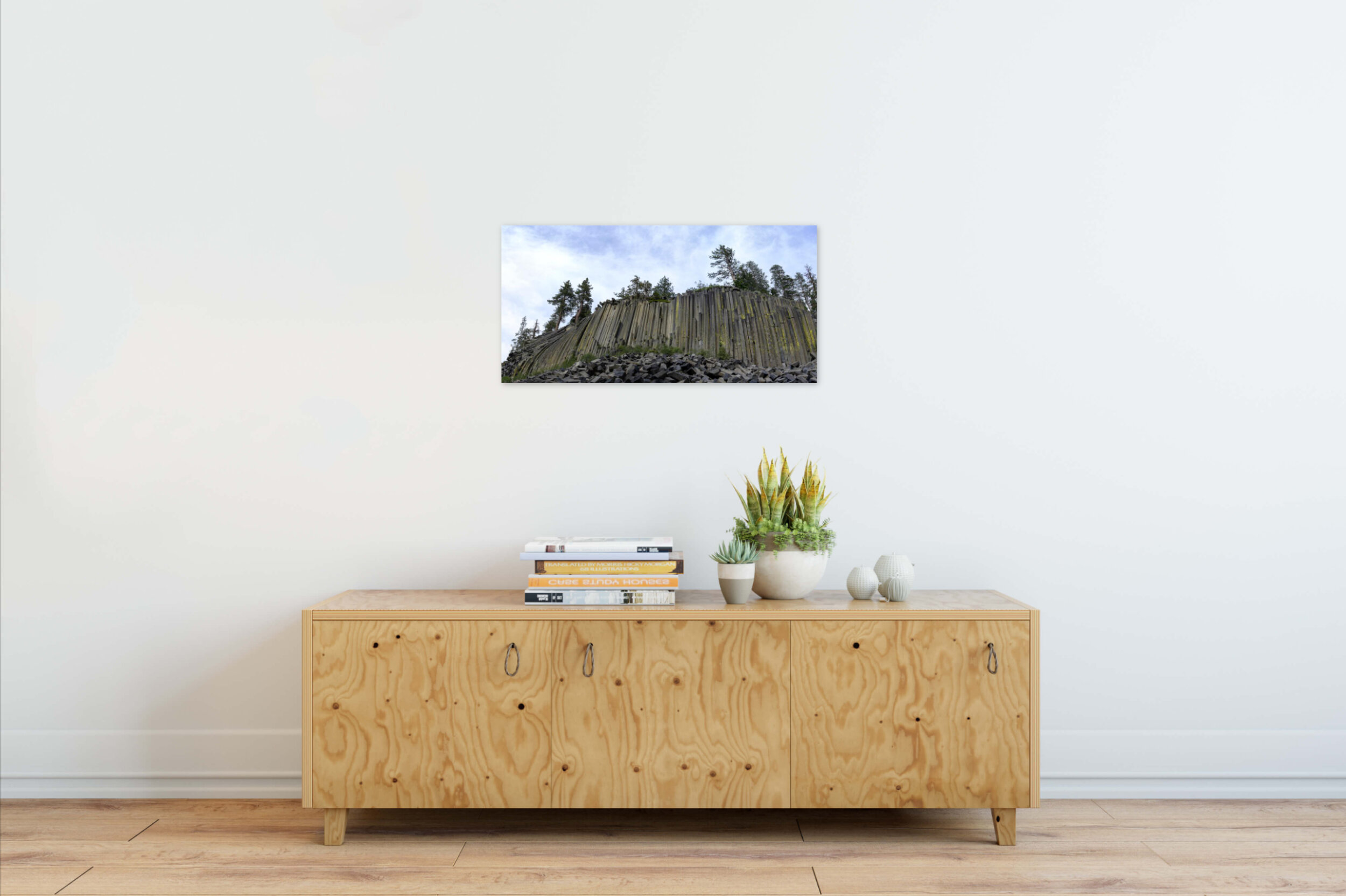 Image 5 of 6
Image 5 of 6

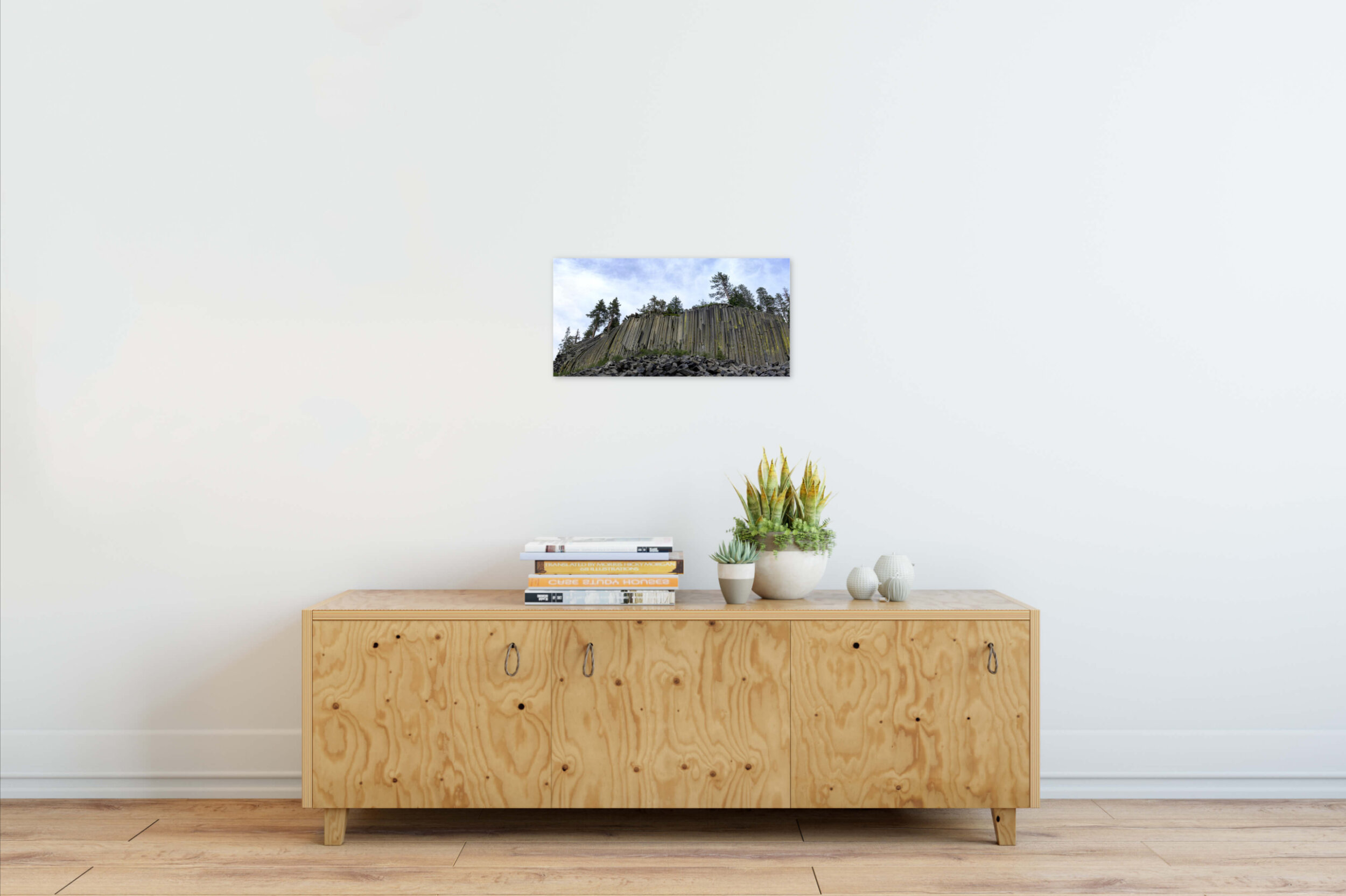 Image 6 of 6
Image 6 of 6







Devil's Postpile
The outcrop at Devil’s Postpile is a near perfect representation of columnar basalt. Between 80,000 and 100,000 years ago, basaltic lava erupted and flowed into the present valley of the San Joaquin River (middle fork). The downhill progression of the lava flow was halted by glacial moraine, forming a massive lava lake. As the lava cooled and contracted, it formed hexagonal columns roughly perpendicular to the underlying ground surface. Curved columns indicate irregularities in lava composition and topography.
Photo Paper: The “traditional” printing medium. I use Fuji Flex Crystal Archive HD photo paper for top-quality color, contrast, and resolution. Note: these prints will require additional mounting and framing. If you have any framing or mounting related questions, feel free to send me an email on my Contact page.
Canvas Printing: Canvas offers a glare-free cost effective printing medium suitable for home and gallery display alike. My canvas prints utilize archival inks with excellent photo representation. Canvas prints come on a stretched frame, allowing them to be hung upon arrival.
Acrylic Printing: Top of the line Lumachrome® acrylic prints mounted on floating mounts. This method of printing produces glowing and vibrant colors with added 3D dimensionality and depth. The face-mounted acrylic preserves color and image quality for at least 120 years. It is the best quality of printing available, bringing the fine art gallery into your home. All acrylic prints come equipped with a 3/4” floating mount, allowing them to be hung directly on your wall.
Base = Fuji Flex Crystal Archive HD photo paper face-mounted to acrylic
Plus = Lumachrome print face-mounted to antireflection + scratch-resistant acrylic (widely considered the best printing medium in the world)
The outcrop at Devil’s Postpile is a near perfect representation of columnar basalt. Between 80,000 and 100,000 years ago, basaltic lava erupted and flowed into the present valley of the San Joaquin River (middle fork). The downhill progression of the lava flow was halted by glacial moraine, forming a massive lava lake. As the lava cooled and contracted, it formed hexagonal columns roughly perpendicular to the underlying ground surface. Curved columns indicate irregularities in lava composition and topography.
Photo Paper: The “traditional” printing medium. I use Fuji Flex Crystal Archive HD photo paper for top-quality color, contrast, and resolution. Note: these prints will require additional mounting and framing. If you have any framing or mounting related questions, feel free to send me an email on my Contact page.
Canvas Printing: Canvas offers a glare-free cost effective printing medium suitable for home and gallery display alike. My canvas prints utilize archival inks with excellent photo representation. Canvas prints come on a stretched frame, allowing them to be hung upon arrival.
Acrylic Printing: Top of the line Lumachrome® acrylic prints mounted on floating mounts. This method of printing produces glowing and vibrant colors with added 3D dimensionality and depth. The face-mounted acrylic preserves color and image quality for at least 120 years. It is the best quality of printing available, bringing the fine art gallery into your home. All acrylic prints come equipped with a 3/4” floating mount, allowing them to be hung directly on your wall.
Base = Fuji Flex Crystal Archive HD photo paper face-mounted to acrylic
Plus = Lumachrome print face-mounted to antireflection + scratch-resistant acrylic (widely considered the best printing medium in the world)
The outcrop at Devil’s Postpile is a near perfect representation of columnar basalt. Between 80,000 and 100,000 years ago, basaltic lava erupted and flowed into the present valley of the San Joaquin River (middle fork). The downhill progression of the lava flow was halted by glacial moraine, forming a massive lava lake. As the lava cooled and contracted, it formed hexagonal columns roughly perpendicular to the underlying ground surface. Curved columns indicate irregularities in lava composition and topography.
Photo Paper: The “traditional” printing medium. I use Fuji Flex Crystal Archive HD photo paper for top-quality color, contrast, and resolution. Note: these prints will require additional mounting and framing. If you have any framing or mounting related questions, feel free to send me an email on my Contact page.
Canvas Printing: Canvas offers a glare-free cost effective printing medium suitable for home and gallery display alike. My canvas prints utilize archival inks with excellent photo representation. Canvas prints come on a stretched frame, allowing them to be hung upon arrival.
Acrylic Printing: Top of the line Lumachrome® acrylic prints mounted on floating mounts. This method of printing produces glowing and vibrant colors with added 3D dimensionality and depth. The face-mounted acrylic preserves color and image quality for at least 120 years. It is the best quality of printing available, bringing the fine art gallery into your home. All acrylic prints come equipped with a 3/4” floating mount, allowing them to be hung directly on your wall.
Base = Fuji Flex Crystal Archive HD photo paper face-mounted to acrylic
Plus = Lumachrome print face-mounted to antireflection + scratch-resistant acrylic (widely considered the best printing medium in the world)
